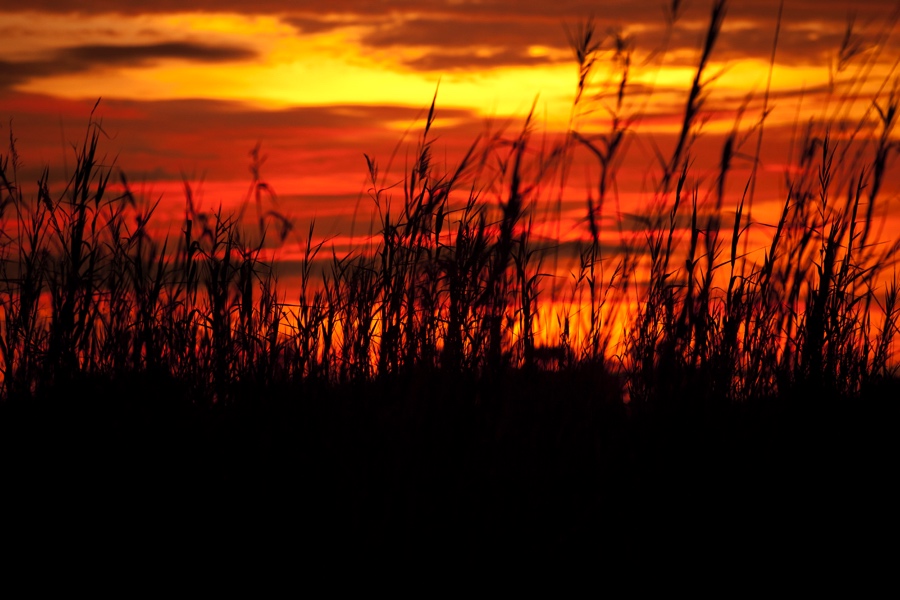
What’s in the Camera Bag? Botswana Safari
An epic safari destination to say the least, Botswana is enough to cause you to break out the big guns, so to speak, when it comes to photography equipment. While you can get surprisingly close to animals, a hefty zoom lens is key to making the most out of your photo ops. Whether it’s “fill the frame” photos of a lions face, or a far off chase between predator and prey, this guide will help you narrow down your choices. And, with stunning Okavango Delta sunsets, don’t forget to pack along a good multipurpose wide angle, too!

Ultra wide angle: can probably leave this one at home in favor of more firepower.
Wide angle zoom: definitely something to consider, as you’ll want to take photos of the stunning landscapes, people, and your overall experience. Something in the range of 18-55mm, 24-70mm, or 24-105mm will do the trick.
Zoom telephoto: this is a tough one. While I personally don’t go anywhere without my trusty 70-200mm, it’s very “in between” for a safari. 70mm isn’t really wide enough to get landscape shots, and 200mm isn’t quite enough to be useful for big wildlife shots. However, it is trusty for some wonderful zoomed-in landscape photos – remember those sunrises and sunsets!

Ultra telephoto/zoom: Something with a bit of range is a must-have on safari. The options are virtually limitless, but you’ll want something at least of the equivalent of a 400mm on a full frame. Thus, if you’re shooting on a crop frame camera, a 70-300mm works well (which becomes something in the range of a 450-480mm once you take into account the “crop factor”). However, you almost can’t have too much zoom when on safari. It’s really just a balance of what you can handle, along with what your pocketbook can, too.
My number one pick for the best lens? 300mm f/2.8 + 2x tele extender. You get the amazing sharpness of a fixed focal length, supreme quality of the f/2.8, and the flexibility to shoot at both 300mm and 600mm. It’s a killer combination. Mix this with a good multipurpose wide angle and you’re done.

Batteries: the warm environment means that you won’t drain your batteries, but keep in mind that electricity and charging stations at remote camps may not be as reliable as you’re used to. Bringing a couple extra batteries will help take the stress off if you can’t re-charge for a full day.
Memory cards: much like other wildlife destinations, you’ll be surprised at how many photos you take. Estimate a number and then double (or triple) it!
Extra camera body: Can be helpful, especially if using a fixed focal zoom of any magnitude. It can be frustrating to have a sublime 500mm lens, capable of photographing the ticks on a leopard’s eye at high resolution, but then to not be able to zoom out to a full body shot if said leopard is very close. In addition, a photographic safari to Botswana may very well be the photo trip of a lifetime, so having a backup body (even if an older camera) can be a good idea. But don’t let this scare you if you don’t have a second camera, just be sure to have a lens that is a bit more multi purposed so you don’t have to change lenses too often. You could miss the shot or get dust in your sensor.
Tripod: Not really necessary. Same thing goes for any sort of stabilization like a monopod or window mount. While large lenses can be heavy, swinging around a tripod or other device in the vehicle can be unwieldy and cause you to miss shots you’d otherwise have made if you can go hand held. Bringing a photo beanbag to brace the tip of your lens on is excellent. If joining a photographic safari, check with your outfitter to make sure these are provided. No sense in hauling 15 pounds of beans with you across the pond.
Other accessories: Nothing else except a sense of adventure!
Think beyond and capture life,
Court
All photos (c) Court Whelan
Leave a reply